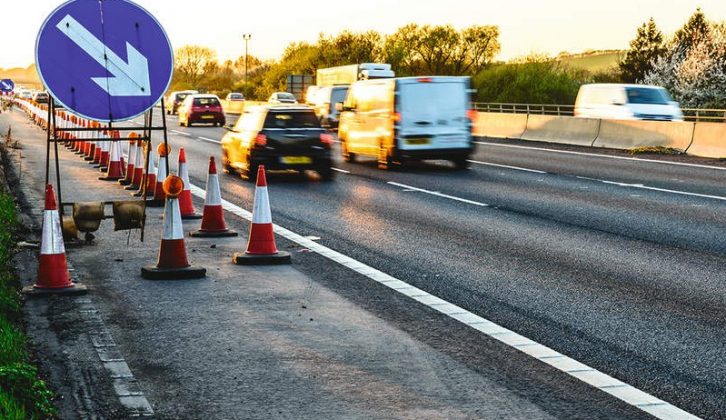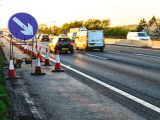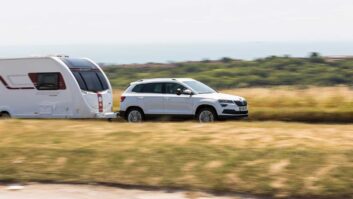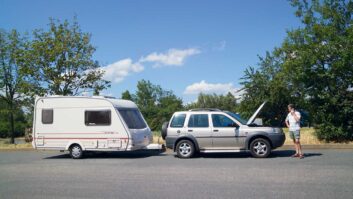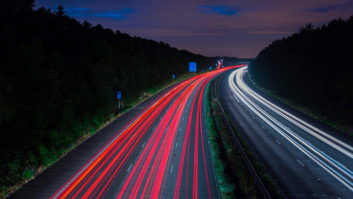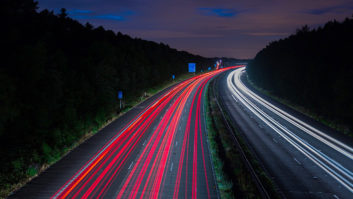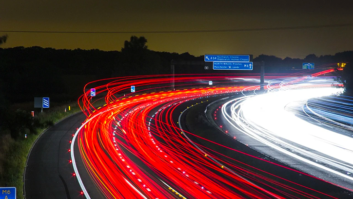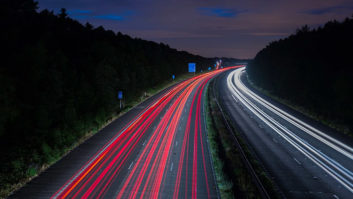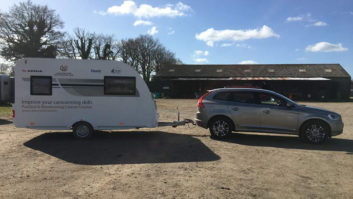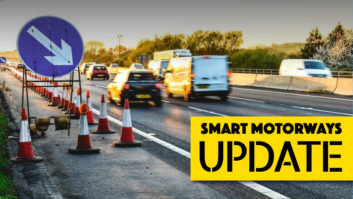You may not have noticed it with all the brouhaha about first Brexit and then Harry and Meghan over the new year period, but a storm is brewing. Questions are being asked in the house. All about UK smart motorways.
If you don’t know what smart motorways are, they are new(ish) stretches of motorway that use sophisticated technology to manage traffic more effectively.
Except that’s only half the story. Under much of the smart motorway system, what we used to call hard shoulders have also been turned into a fourth lane instead to improve traffic flow, sometimes temporarily, but sometimes permanently, with regularly spaced refuge areas the only places where vehicles in trouble can stop.
It is this, also known as all lane running, which has caused the most controversy. Many claim that such changes make motorways more dangerous for the individual driver. Although smart motorways have actually been around since 1995, their considerable expansion in recent months (with a further 300 miles due to be turned into smart motorways in the near future) has led more of the great and the good to take an interest. The AA and RAC have already expressed doubts about smart motorways’ safety, and relatives of some people who have been killed on them are taking Highways England to court.
In response to this, the Transport Secretary has asked his department to carry out an “evidence stocktake” on smart motorway safety.
But this week, before that has even finished, the All Party Parliamentary Parliamentary Group for Roadside Rescue and Recovery (in existence since 2018) has brought out a highly critical report on the new roads.
It says the introduction of all lane running has fundamentally changed the nature of motorways. It recommends that any further roll-out should be halted until there has been at least three years of safety data collected, until the rate of breakdowns on live lanes on smart motorways is less than the 20.43% rate on ordinary motorways. On smart motorways it says the rate is currently nearer 38%. It finds this figure “completely unacceptable” and says it can only be reduced by putting in more refuge areas. It also accuses Highways England of having a “lack of focus on safety”, something the agency strongly denies.
So far all this focus has been on car drivers, and not on caravanners. Yet caravanners, who are conventionally advised to stick to the inside lane, could be more affected than most when it comes to broken down vehicles in that lane. Do you have to keep moving out to avoid them, or do you stick to the next lane and then risk having people coming up on the inside?
From some of the responses we have had when we asked readers, it seems many of you are deeply concerned. Frank Wroe from Halifax was fairly typical when he said, “As a caravan user and a retired professional driver with 36 years’ experience being stranded on four live lanes is very frightening. Hard shoulders were a very dangerous place to be at the best of times but at least you were not at risk of further problems by being in the middle of a motorway.”
I have to say, my own experience bears this out. Late last year I was towing in the early evening on a stretch of smart motorway near the northern end of the M1. I was in the inside lane like a good boy when I suddenly noticed that what I thought was a slow car ahead of me was actually a car that had broken down but had only made it halfway into the refuge area. (He hadn’t yet made put his hazards on.) I had to do an emergency stop, and then try and edge out, on a very busy motorway, in the rain and the dark.
It is not an experience I should like to repeat.
So we need to make our voices as caravanners heard. We haven’t yet heard from many of the caravanning organisations about what they think. (The Camping and Caravanning Club, for example, is still considering its position on the matter, so it can be swayed.) If you are a club member, contact them. Or write to your MP, to say you think that at the very least the APPG’s recommendations should be followed.
Because changing highway projects is not as difficult as one might think. I couldn’t help noticing that when they built the stretch of smart motorway nearest to me (near junction 26 of the M62) they quietly got rid of a lane they had introduced there before that was meant to be used only by vehicles with more than one person in them. When I used to drive by, this lane was invariably empty. Anyone who really understands motorway driving should have realised why.
If you’ve enjoyed reading this article, why not get the latest news, reviews and features delivered direct to your door or inbox every month. Take advantage of our brilliant Practical Caravan magazine SUBSCRIBERS’ OFFER and SIGN UP TO OUR NEWSLETTER for regular weekly updates on all things caravan related
Many claim that smart motorways are more dangerous for the individual driver
